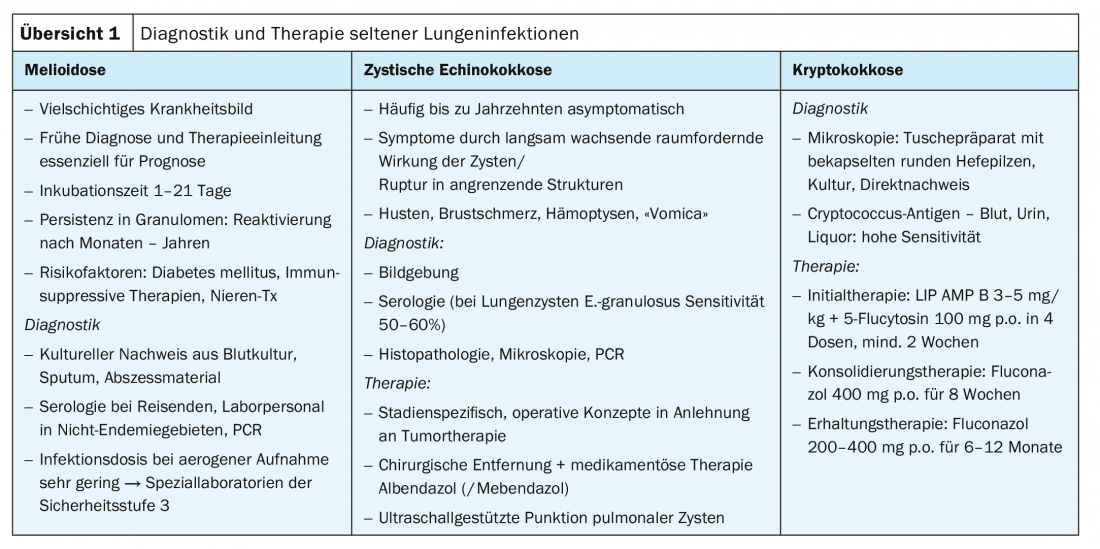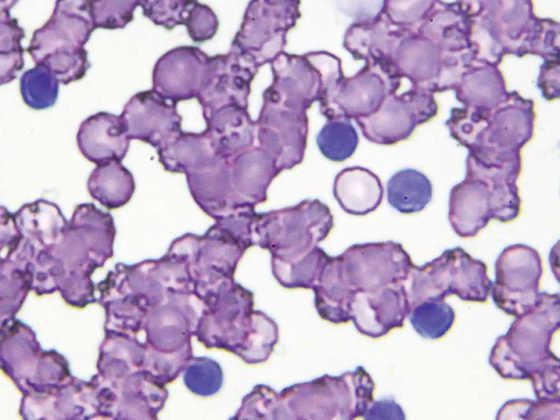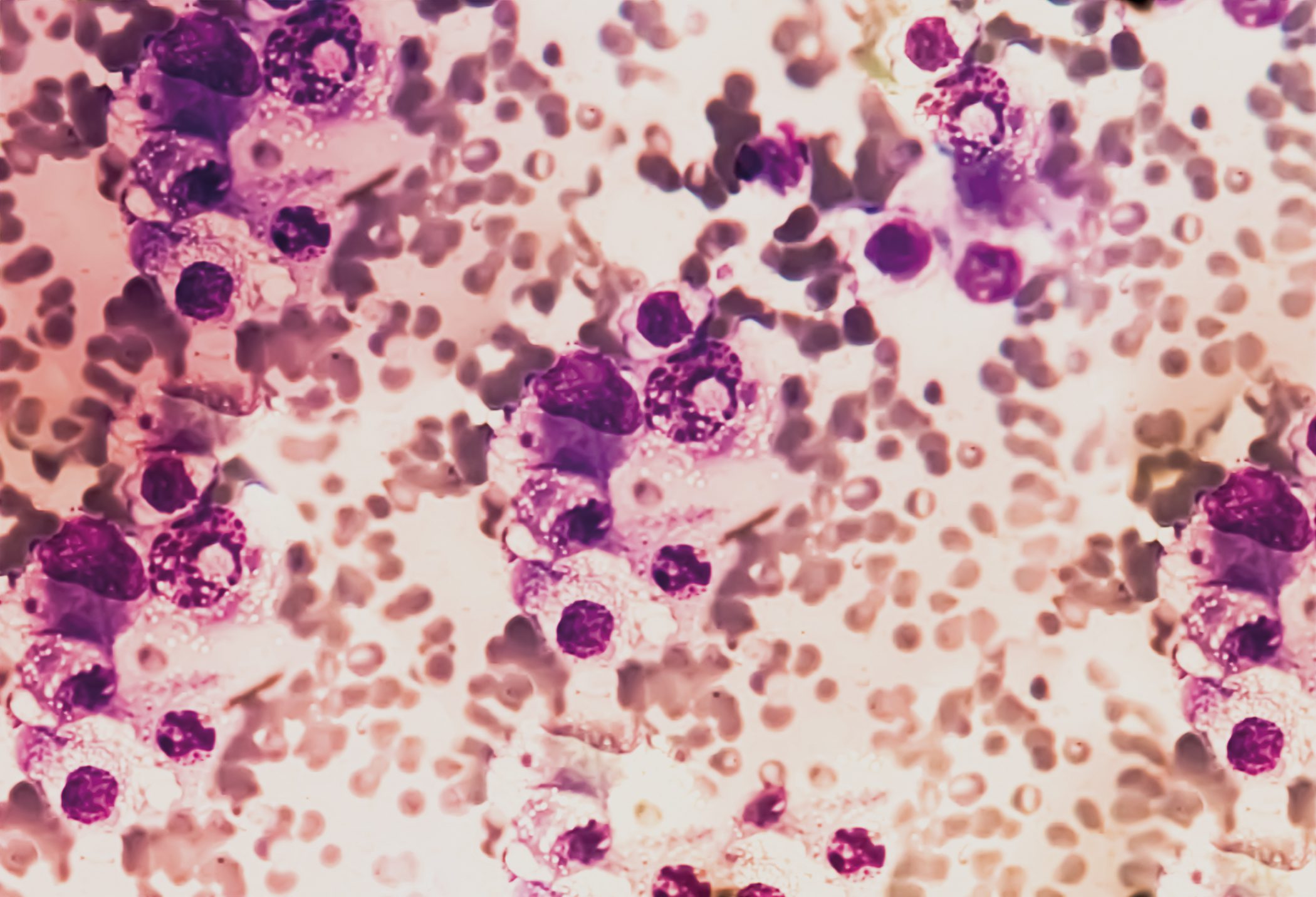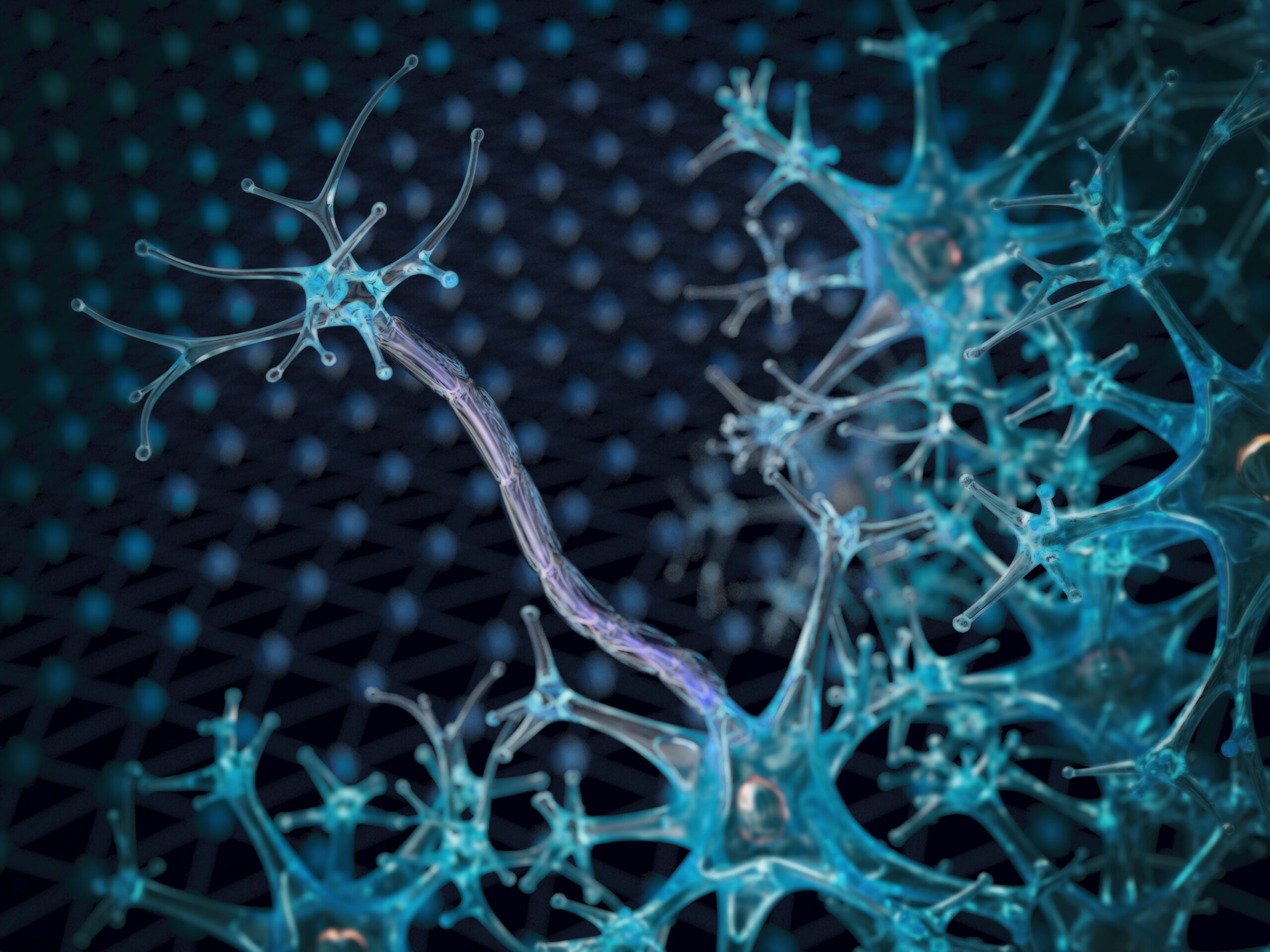In the context of increasing mobility and more people coming from endemic areas, it is important to be aware of rare lung infections. Older or immunosuppressed patients in particular often travel to exotic locations for recuperation, from which they then like to bring home a lung infection.
Global warming is doing the rest, with higher temperatures also increasing the incidence of infectious diseases in previously non-endemic regions. Almost all medical specialties are affected, from general medicine, pneumology and infectious diseases to intensive care medicine, hematology and oncology. Dr. Miriam Stegemann, Medical Clinic with a focus on Infectiology and Pneumology at Charité – Universitätsmedizin Berlin, presented some of these rare cases at the DGIM Internist Congress of the German Society of Internal Medicine in Wiesbaden.
Melioidosis
A 45-year-old man with pre-existing diabetes mellitus was admitted to the hospital as an inpatient. The heavy smoker (>20PY) had returned ten days earlier from a two-week vacation in Thailand. Already during the trip he developed a weeping sore in the area of his left ankle, now he had fever, cough and dyspnea.
X-ray chest revealed multiple pulmonary abscesses on both sides of the lungs. In accordance with guidelines, blood cultures were obtained and empiric therapy with ampicillin/sulbactam and clarithromycin was initiated if CAP was suspected. “But with this history, we should think a little more broadly,” Dr. Stegemann cautioned: blood culture showed Burkholderia pseudomallei after eight days, which is the causative agent of melioidosis.
This is a bacterial tropical infection caused by gram-negative rod bacteria and occurs mainly in Southeast Asia and northern Australia. In Europe, there are sporadic imported cases from Thailand, Vietnam and Cambodia. It is likely, the expert said, that melioidosis is underdiagnosed, but is likely to become increasingly relevant due to global warming and natural disasters such as the 2004 tsunami. If left untreated, it can be associated with a mortality of >50%.
Parasites
Most parasites have interesting life cycles and as part of their migratory phase, many of them also pass through the lungs. “If you’re lucky, you catch patients when they present with Löffler syndrome,” Dr. Stegemann said. In Löffler syndrome (also called acute worm larval migration syndrome), transient infiltrates may be seen and eosinophilia is also a sign of parasitic lung infection. Typical pathogens for Löffler syndrome are Ascaris spp, Toxocara spp, Necator americanus, Ancylostoma duodenale and Strongyloides stercoralis.
In this context, it is always important to take a good travel history. Thus, the pathogen spectrum can be narrowed down, and many helminths can be effectively treated.
Echinococcosis
Echinococcosis is a parasitic disease that can manifest itself not only in the liver, but also in the lungs, and can also be found in our country from time to time.
The causative agents of echinococcosis are, on the one hand, E. granulosus , better known as the dog tapeworm. It is the causative agent of cystic echinococcosis, which manifests itself mostly (80%) by singular cysts in the liver 20% lungs). This form should be distinguished from alveolar echinococcosis, which causes a more invasive growth and is associated with a much higher mortality (>90% vs. 2-4% for cystic echinococcosis).
Fungal infections
Physicians must also keep a watchful eye on fungal infections, as endemic areas change due to climatic factors, changes in land use, the distribution of host animals, or even global trade routes, as Dr. Stegemann further explained.
In Europe and the USA, invasive Aspergillus and Candida infections are the most common, while in the so-called LMIC countries (low and middle-income countries) cryptococcosis and Pneumocystis infections are leading (mainly due to the spread of HIV).
The most important fungal disease worldwide is cryptococcosis. Typically, pigeon droppings are contaminated with it, and manifestation in the lungs occurs via inhalation of contaminated dusts, but often goes undetected. Hematogenous dissemination may occur – if a systemic manifestation develops, one is usually (90%) dealing with cryptococcal meningitis. Predominantly but not only affected are immunosuppressed patients with cellular immunodeficiency. Worldwide, about one million cases are registered annually; in Germany, there are about 50-60 inpatient admissions per year, 40% of them without HIV infection.
Source: DGIM 2019, Wiesbaden (D)
InFo PNEUMOLOGY & ALLERGOLOGY 2019; 1(2): 35-36 (published 9/26/19, ahead of print).














